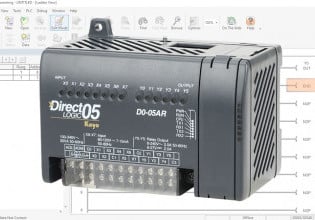G
Hello,
synchronus motors have always intrigued me with how they help power factor within the plant. BUT I want to understand exactly what happens when the 2300v starter is picked up, when the DC field is applied, and what the power factor looks like whether its leading or lagging or whatever. The motors we have are all 2300 and 4160 GE vintage synchronous motors, separately excited, 1000 to 4000 HP frames. Any insight is appreciated.
synchronus motors have always intrigued me with how they help power factor within the plant. BUT I want to understand exactly what happens when the 2300v starter is picked up, when the DC field is applied, and what the power factor looks like whether its leading or lagging or whatever. The motors we have are all 2300 and 4160 GE vintage synchronous motors, separately excited, 1000 to 4000 HP frames. Any insight is appreciated.






